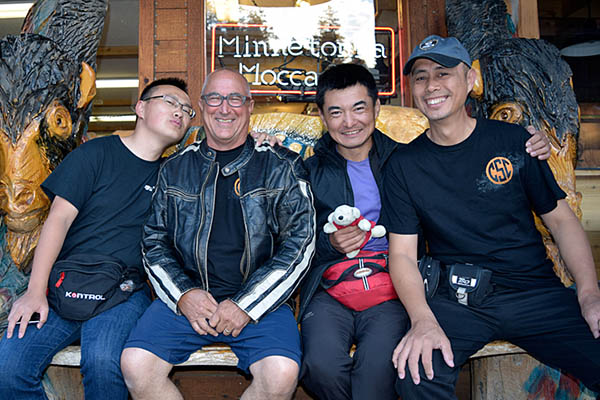
My good buddy Joe Gresh is an astute observer of the human condition and he writes about it well. This is a piece he did after the 5,000-mile Western America Adventure Ride, when we rode 250cc Chinese motorcycles from LA to Sturgis to Portland and back to LA. We had about a dozen riders and not a single motorcycle breakdown. The bikes’ stellar performance notwithstanding, we sure caught flak on the Internet about riding Chinese bikes (and it was only on the Internet; no one we met in person had anything but compliments for us and the bikes). Joe wrote a column titled “Motoracism” in the now-defunct Motorcyclist magazine about that trip (along with an outstanding story about the ride). Joe’s adept at stirring the pot by telling the truth, and the keyboard commandos crawled out in droves from under their bridges when “Motoracism” was published. Here’s the original article. Take a look…
Motoracism and Brand-Bashing in the Moto World
Are you offended by a Chinese-built bike?
Joe Gresh January 11, 2016
Look out! An army of strange bikes aimed at our heartland! Or is it just a line of motorcycles like any other, except this time they’re made in China?
We all suffer from racism’s influence. It’s an off-key loop playing from an early age, a low frequency rumble of dislike for the “other.” It’s ancient and tribal, a rotted pet forever scratching at the door because we keep tossing it scraps of our fear. Racism gives the weak succor and the strong an excuse for bad behavior. We work hard to become less racist, but exclusion is a powerful medicine.
Especially when it comes to motorcycles. Brand bashing is ancient, part of what motorcyclists do. It’s our way of hazing new riders and pointing out the absurdity of our own transportation choice. Unlike more virulent forms of racism, motoracism doesn’t prevent us from enjoying each other’s company or even becoming friends.
In web life, we are much less tolerant. Whenever I test a bike for Motorcyclist I spend time lurking on motorcycle forums. This is partly to gather owner-generated data, stuff I may miss in the short time I have with a testbike. Mostly I do it because it’s a way to rack up thousands of surrogate road test miles without having to actually ride the bike. Think of yourselves as unpaid interns slogging through the hard work of living with your motorcycle choice while I skim the cream of your observations into my Batdorf & Bronson coffee.
Every motorcycle brand has fans and detractors, and I enjoy the smack talk among riders. Check out the rekindled Indian/Harley-Davidson rivalry: They picked up right where they left off in 1953. Then there’s this Chinese-built Zongshen (CSC) RX3 I recently rode. Man, what a reaction that one got. Along with generally favorable opinions from Zong owners I saw lots of irrational anger over this motorcycle.
All because it was built in China.
To give the motoracists their due, until Zongshen came along Chinese-built bikes were pretty much crap. (I read that on the Internet.) Except for the Chinese-built bikes rebadged for the major manufacturers. I guess if you don’t know that your engine and suspension were built in China it won’t hurt you.
Mirroring traditional racism, the more successful the Chinese become at building motorcycles the more motoracists feel aggrieved. The modest goodness of the Zongshen has caused motoracists to redirect their ire at US/China trade relations, our looming military conflict in the South China Sea, and working conditions on the Chinese mainland.
Like Japanese motorcycles in the 1960s, buying a Chinese motorcycle today reflects poorly on your patriotism. You’ll be accused of condoning child slavery or helping to sling shovelfuls of kittens into the furnaces of sinister ChiCom factories. Participate in a Zongshen forum discussion long enough and someone inevitably asks why you hate America. I’ve had Facebook friends tell me I shouldn’t post information about the Zongshen—that I must be on their payroll. I’m just testing a bike, man. This reaction doesn’t happen with any other brand and they all pay me the same amount: zilch.
So if you’re angry about working conditions in a Chinese motorcycle factory, but not about similar conditions in a USA-based Amazon fulfillment warehouse (selling mostly Chinese products) you might be a motoracist. If you type moral outrage on your Chinese-built computer complaining about China’s poor quality control while sitting in your Chinese-built chair and answering your Chinese-built cell phone you might be a motoracist. If you’re outraged that the Zongshen 250 can’t match the performance of a motorcycle five times its displacement and five times its cost you might be a motoracist. I want you to take a thoughtful moment and ask yourself if your motoracism isn’t just plain old racism hiding behind mechanical toys. If it is, stop doing it, and let’s get back to bashing other motorcycles for the right reasons: the goofy jerks who ride them.
Good stuff, and great writing. If you’d like to read Joe’s piece about the ride, just click here. And if you’d like to know more about the RX3 motorcycles we rode on our ride through the American West, just click here.

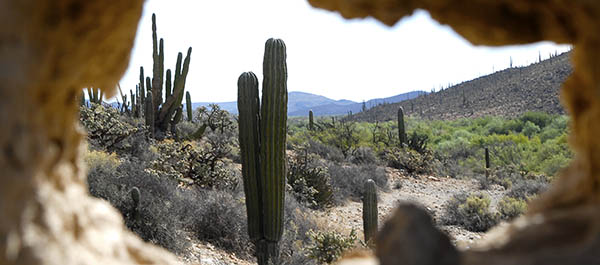


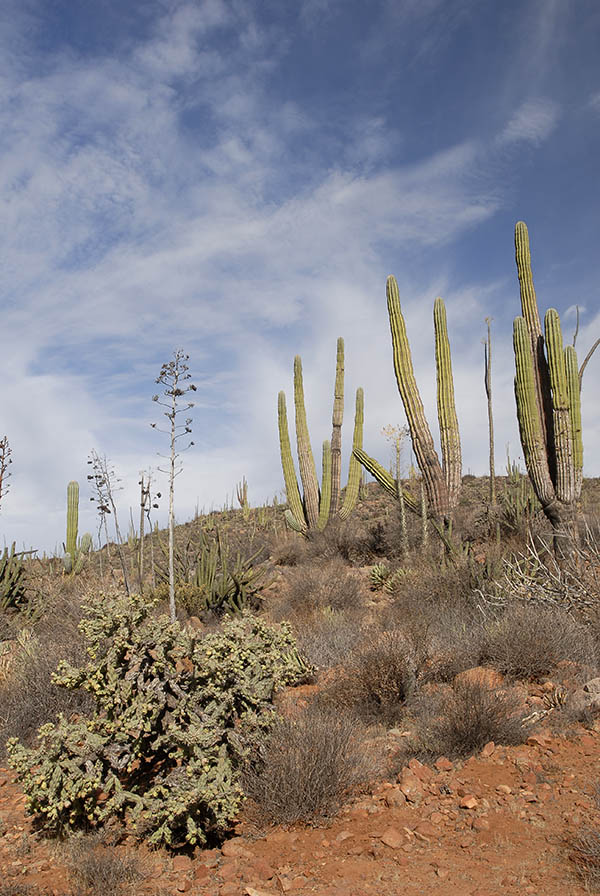
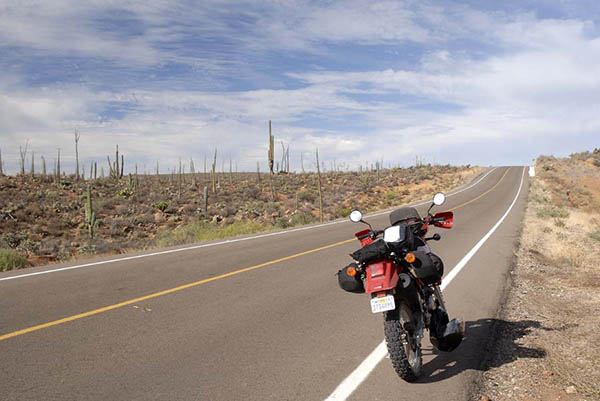
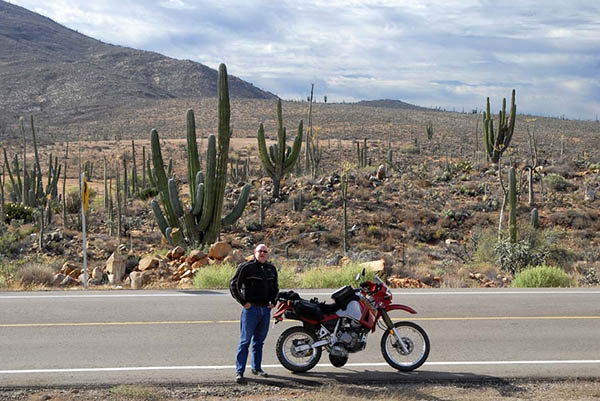
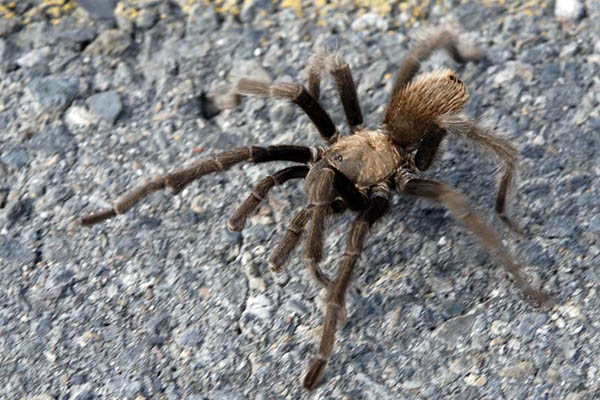
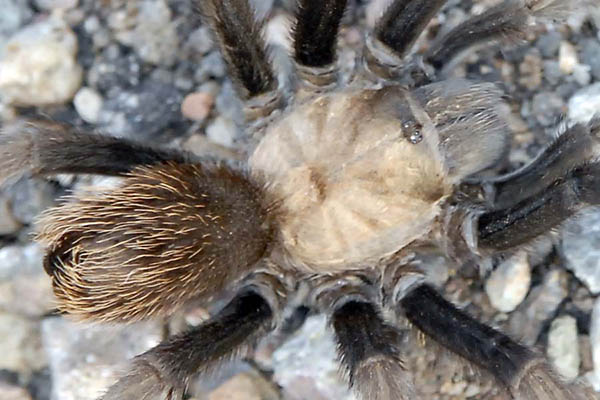

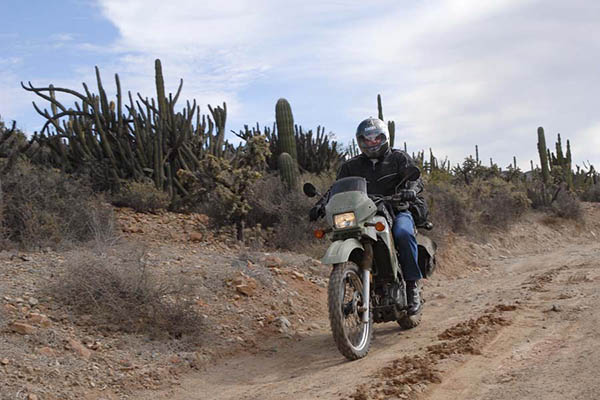
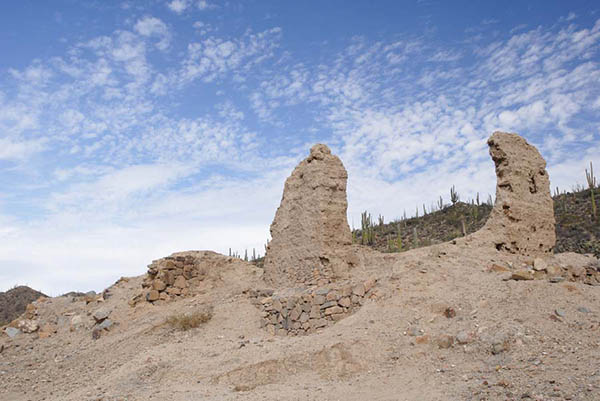
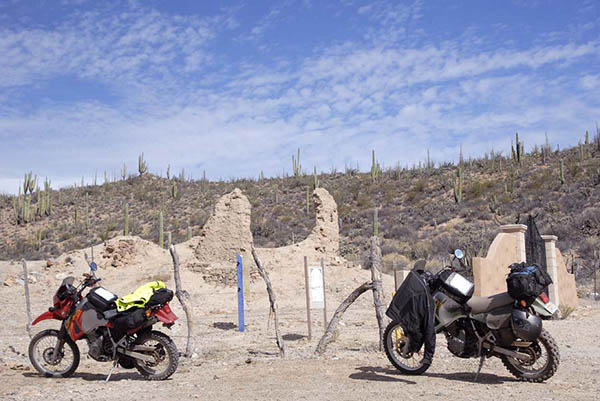
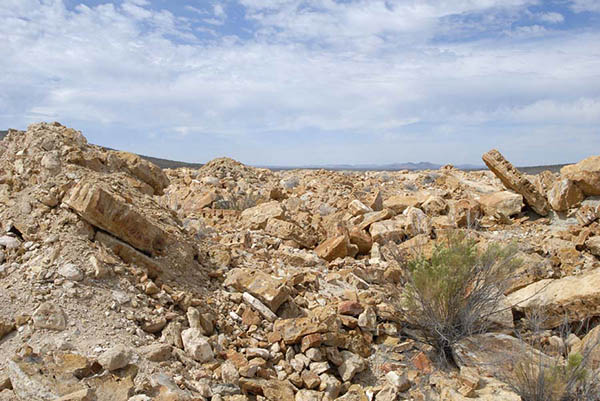

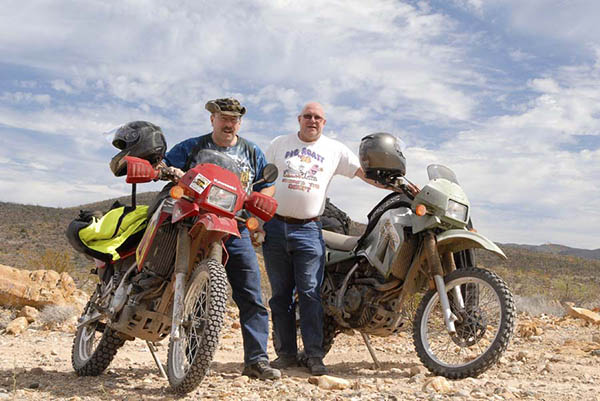
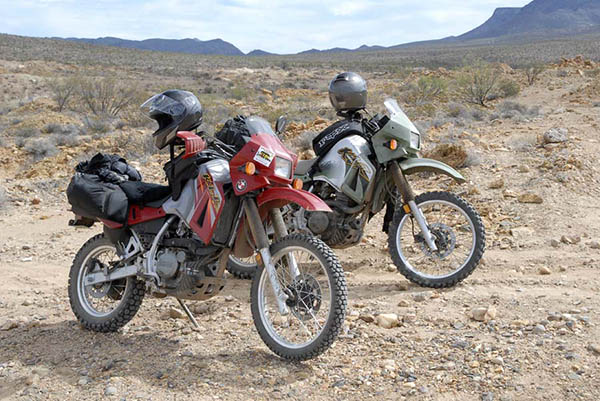

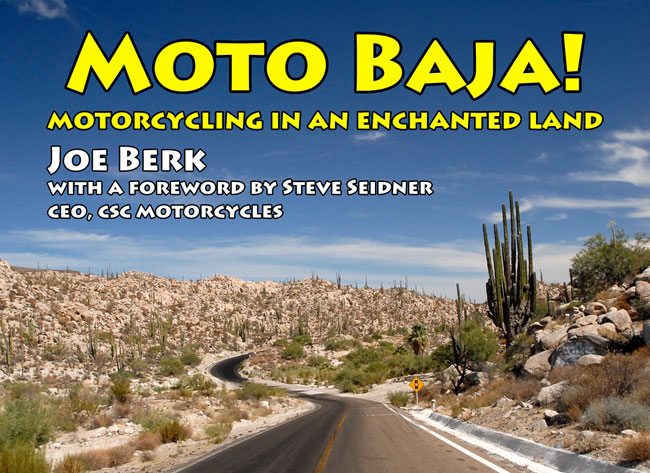
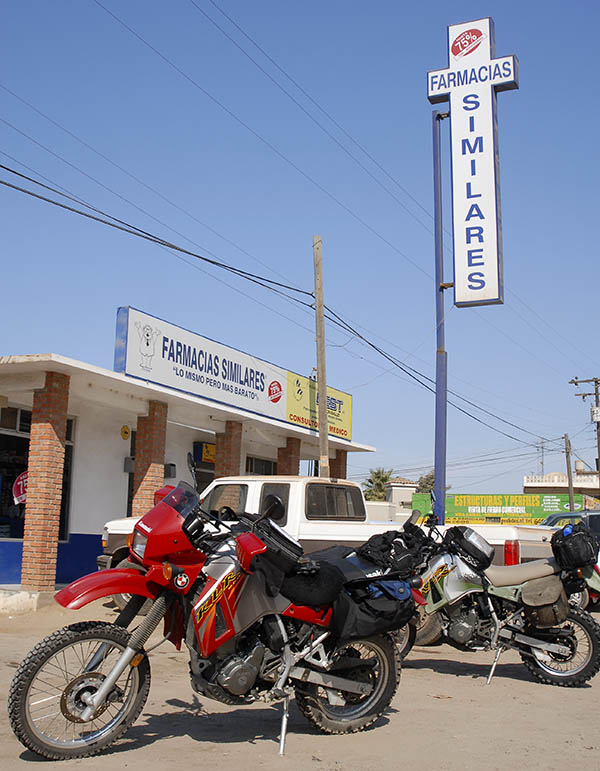
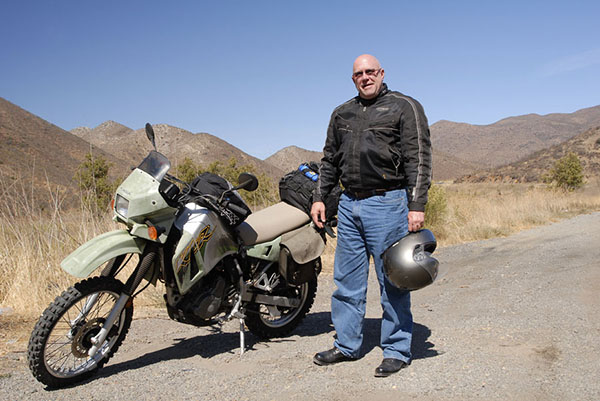

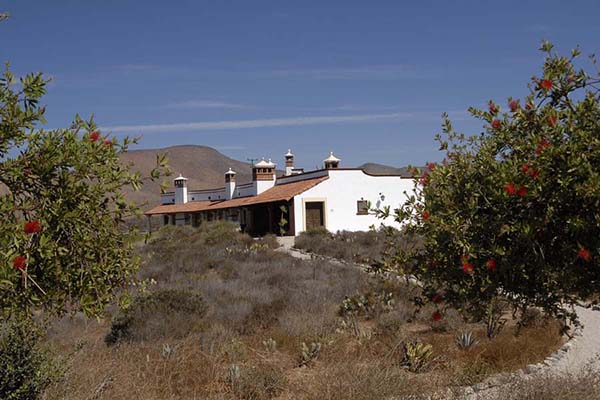
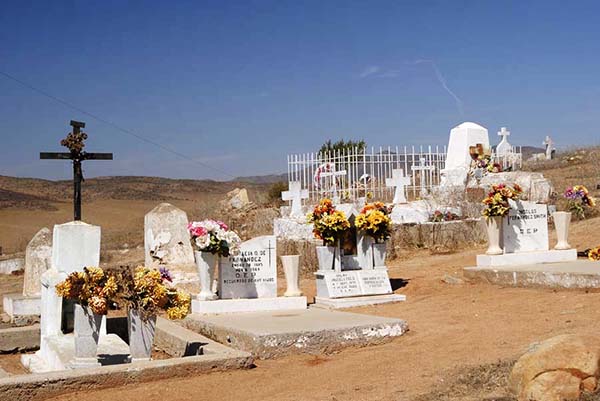
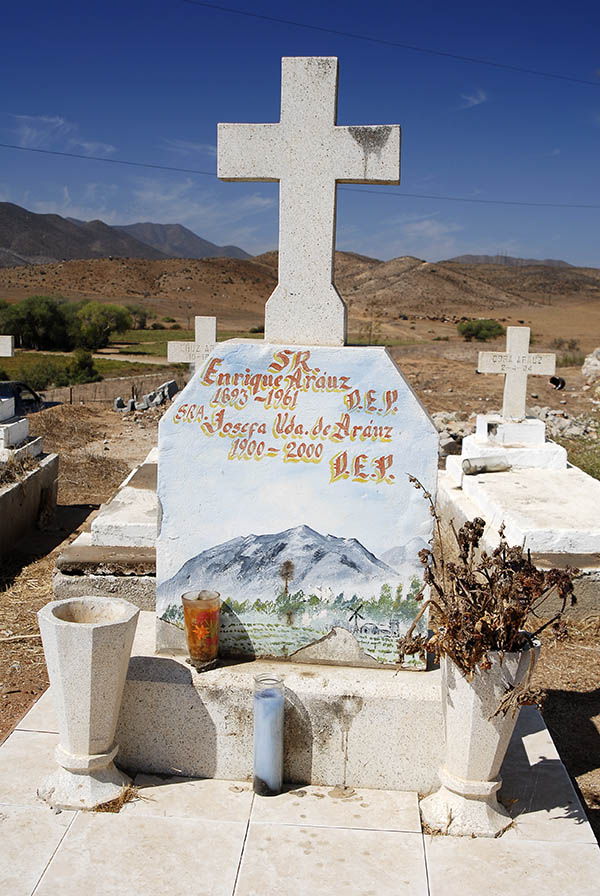
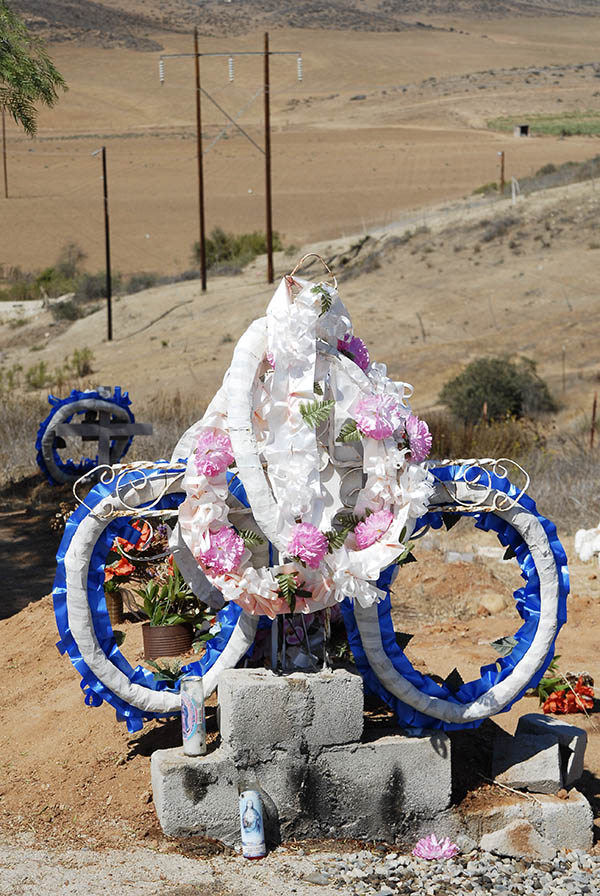

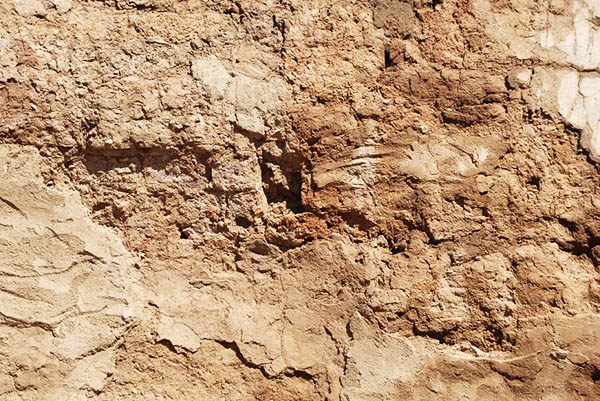
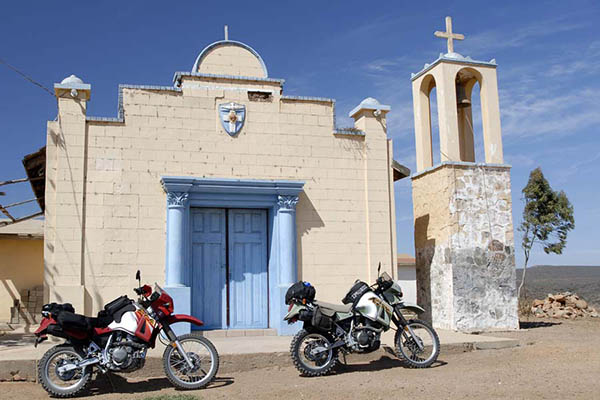

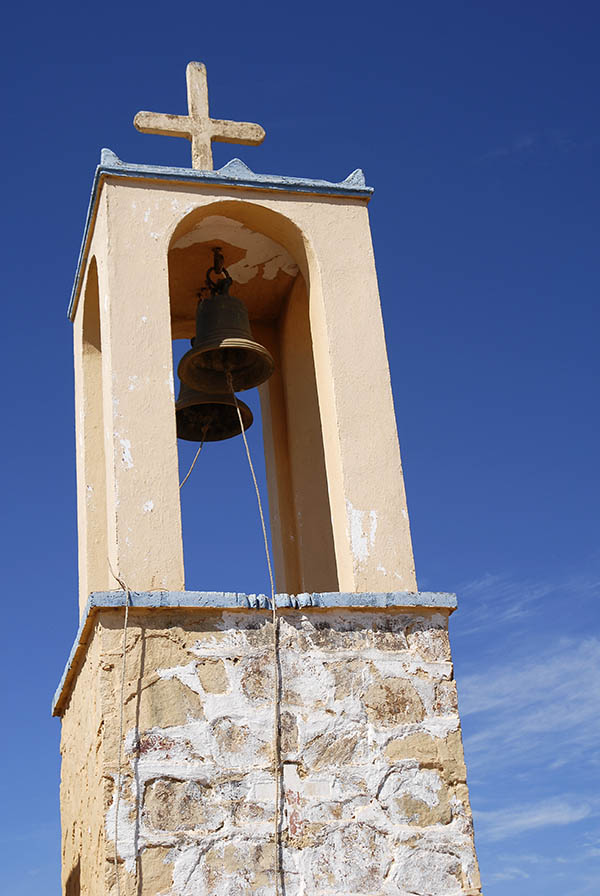
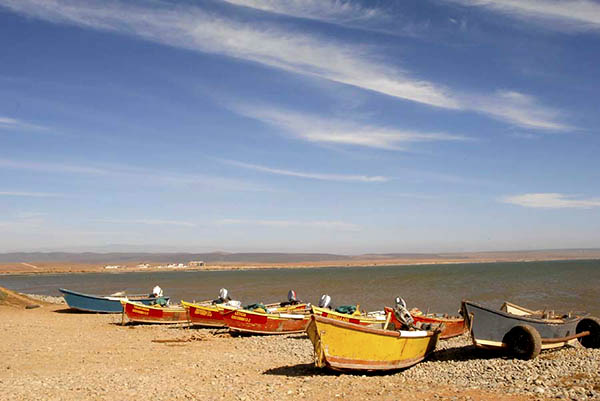
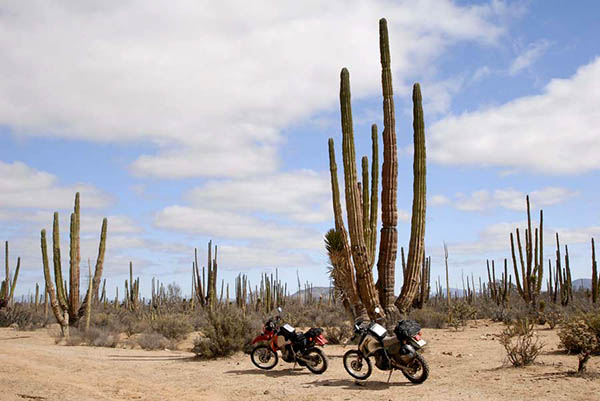
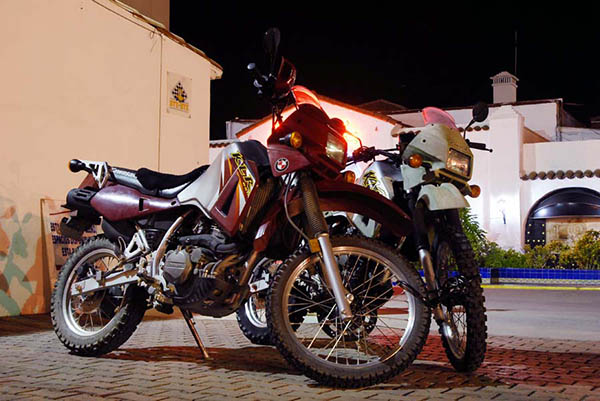

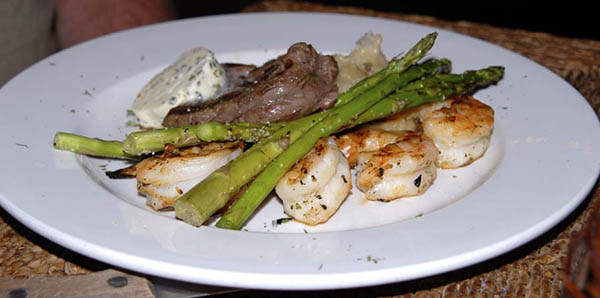
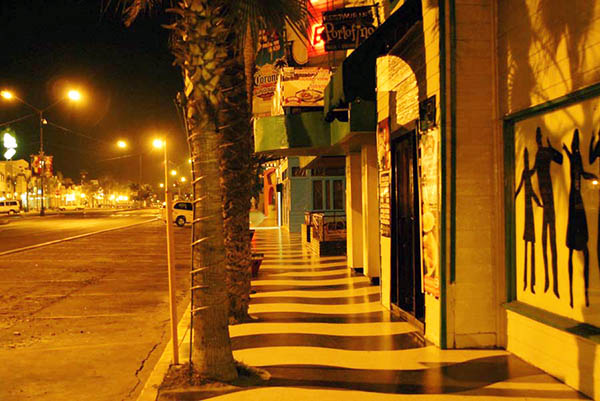
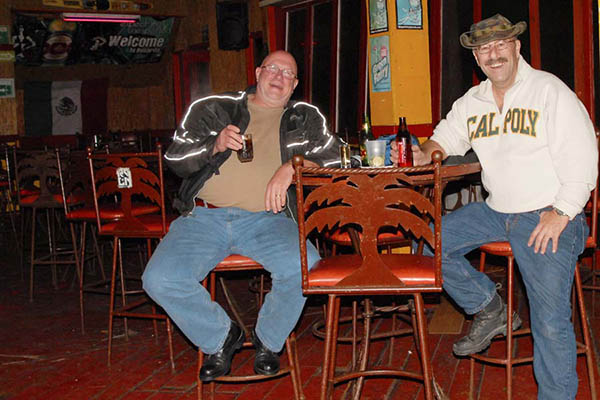
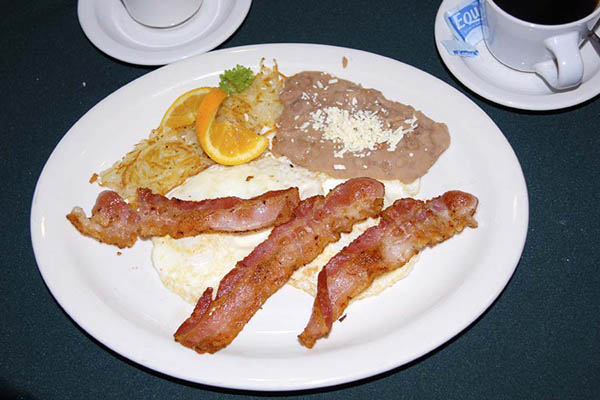

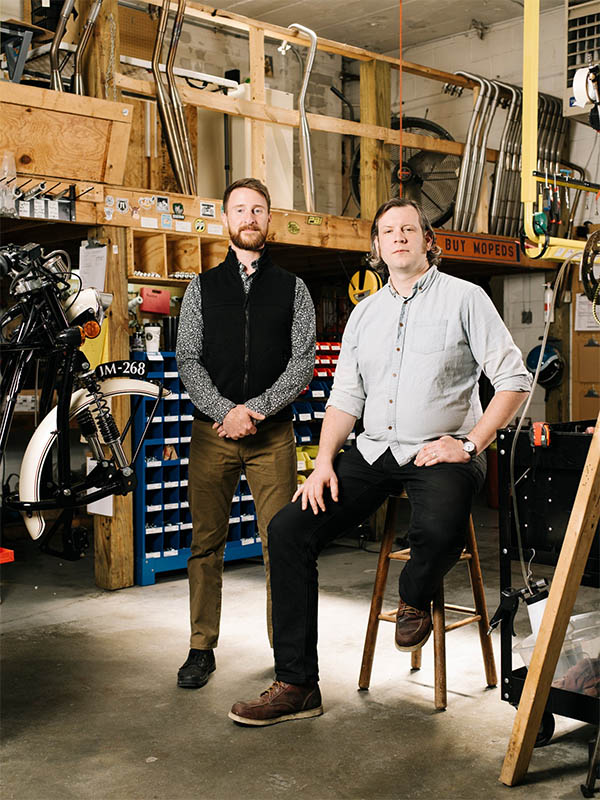
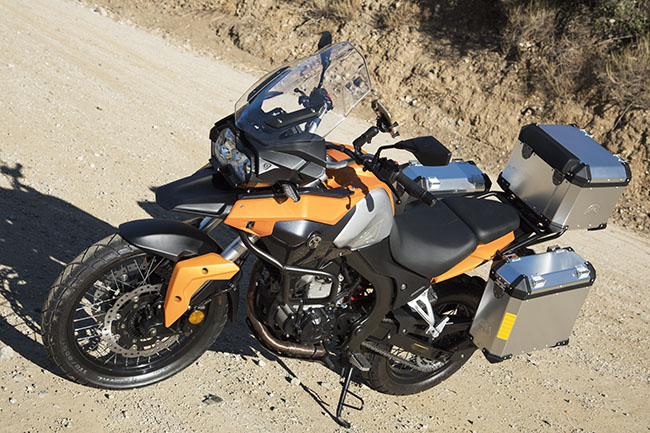
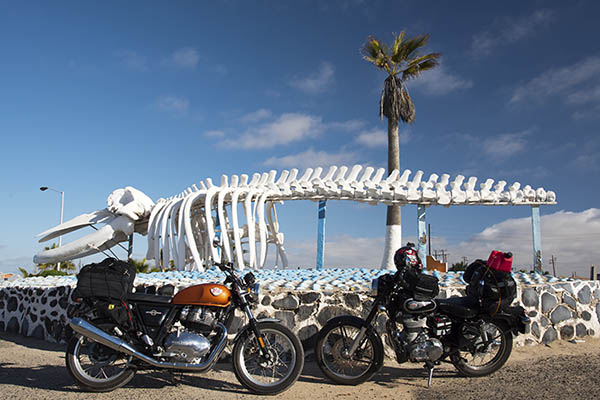
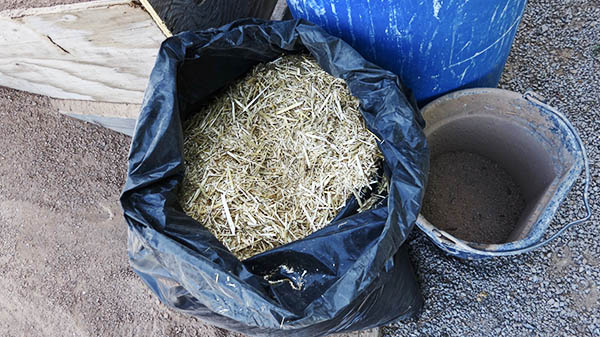 It takes 60 shovelfuls to fill the adobe mixer. Originally designed for mortar, the outside drum of our mixer looks like an inverted lunar landscape. Dimples as large as a quarter, back when a quarter was worth 25 cents, protrude far enough to run afoul of the mixer’s I-beam chassis. It’s the rocks, see? Mixing adobe eats up the rubber wiper blades on the paddles and as the gap between the blade and the drum grows larger things start going south. When the gap grows large enough the mixer paddles wedge into the rocks and a sharp pop, like someone hit the machine with a 16-pound sledgehammer, is followed by a lurch of the heavy machine. Another dimple has been created. If the conditions are just right the mixer blades will lock up solid and it takes a quick hand on the clutch lever to prevent a smoking V-belt.
It takes 60 shovelfuls to fill the adobe mixer. Originally designed for mortar, the outside drum of our mixer looks like an inverted lunar landscape. Dimples as large as a quarter, back when a quarter was worth 25 cents, protrude far enough to run afoul of the mixer’s I-beam chassis. It’s the rocks, see? Mixing adobe eats up the rubber wiper blades on the paddles and as the gap between the blade and the drum grows larger things start going south. When the gap grows large enough the mixer paddles wedge into the rocks and a sharp pop, like someone hit the machine with a 16-pound sledgehammer, is followed by a lurch of the heavy machine. Another dimple has been created. If the conditions are just right the mixer blades will lock up solid and it takes a quick hand on the clutch lever to prevent a smoking V-belt.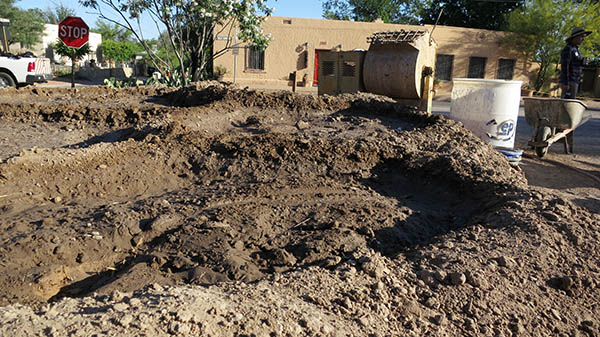 With adobe mixing the show must go on so Pappy and I work in silence. Not total silence though, because we have to keep count of how many shovels we are throwing into the hopper. “I’m at 13,” I tell Pappy. “15” for me, Pappy replies. The mixer locks up, I grab the clutch. We move loaded buggies to the block-making area then we shovel more dirt into the hopper. Soon the injury is forgotten. “Is that good?” “More water.” Pappy says. “4 more shovelfuls.” “Ok, that’s good. Let’s let it mix” Pappy feels bad about yelling at me, I feel bad for hurting Pappy. We are a team again. I’ve got to be more careful working around others.
With adobe mixing the show must go on so Pappy and I work in silence. Not total silence though, because we have to keep count of how many shovels we are throwing into the hopper. “I’m at 13,” I tell Pappy. “15” for me, Pappy replies. The mixer locks up, I grab the clutch. We move loaded buggies to the block-making area then we shovel more dirt into the hopper. Soon the injury is forgotten. “Is that good?” “More water.” Pappy says. “4 more shovelfuls.” “Ok, that’s good. Let’s let it mix” Pappy feels bad about yelling at me, I feel bad for hurting Pappy. We are a team again. I’ve got to be more careful working around others.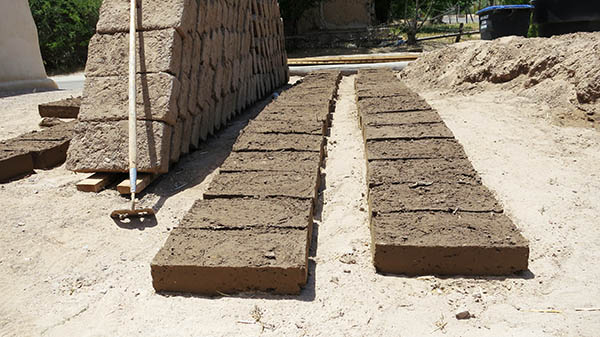 “Who wants to give it a try?” Pat asks and several would-be adobe builders jump in and start laying blocks. Instead of cement mortar, more mud is used to set the Adobe blocks. I’m cutting a bevel into the blocks to create a space for small volcanic rocks. The rocks are fitted into the bevels and held in with a white lime mortar. Once these protruding rocks are set the lime plaster will adhere to the rocks, hopefully keeping the plaster from sloughing off the wall.
“Who wants to give it a try?” Pat asks and several would-be adobe builders jump in and start laying blocks. Instead of cement mortar, more mud is used to set the Adobe blocks. I’m cutting a bevel into the blocks to create a space for small volcanic rocks. The rocks are fitted into the bevels and held in with a white lime mortar. Once these protruding rocks are set the lime plaster will adhere to the rocks, hopefully keeping the plaster from sloughing off the wall.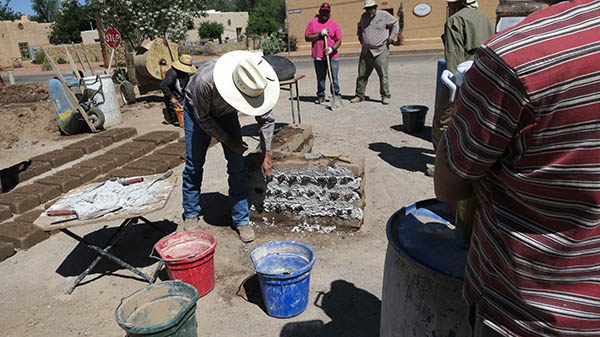 There’s another, even older method of finishing adobe walls borne from necessity: More mud. Mud plaster doesn’t last as long as lime plaster but if you don’t have lime what’s a poor boy to do? Think of mud plaster as a sacrificial coating. It erodes so that the adobe blocks underneath don’t. Mud plaster is applied by hand or trowel, and re-applied every few years as needed. As Pat’s students, we got to try all application methods with special emphasis on the difficult ones.
There’s another, even older method of finishing adobe walls borne from necessity: More mud. Mud plaster doesn’t last as long as lime plaster but if you don’t have lime what’s a poor boy to do? Think of mud plaster as a sacrificial coating. It erodes so that the adobe blocks underneath don’t. Mud plaster is applied by hand or trowel, and re-applied every few years as needed. As Pat’s students, we got to try all application methods with special emphasis on the difficult ones.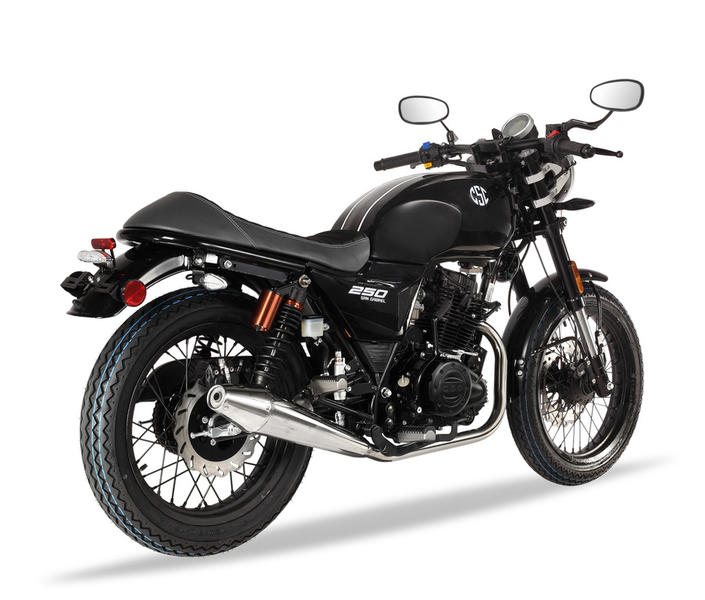
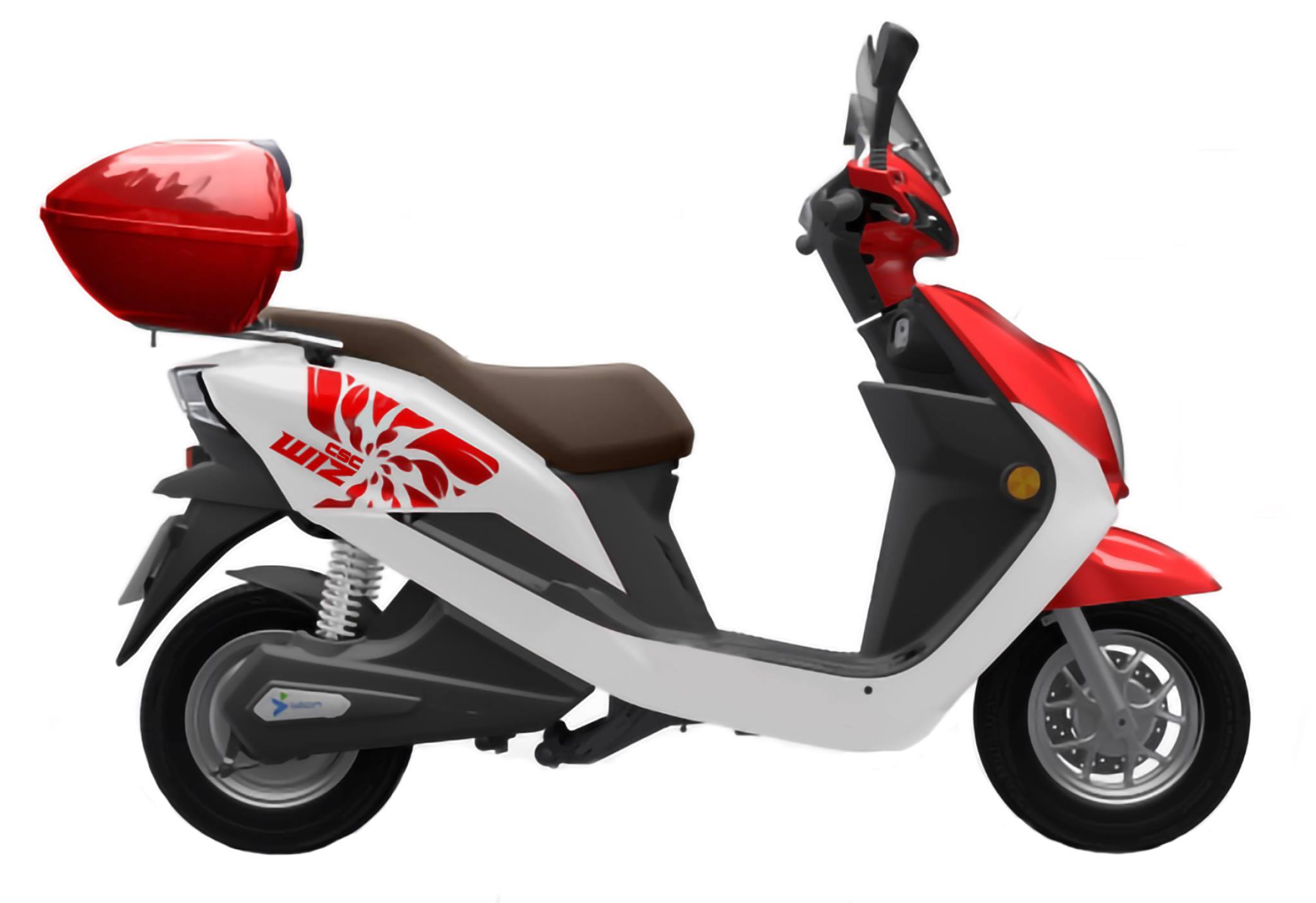 Cool stuff. Stop by their site (
Cool stuff. Stop by their site (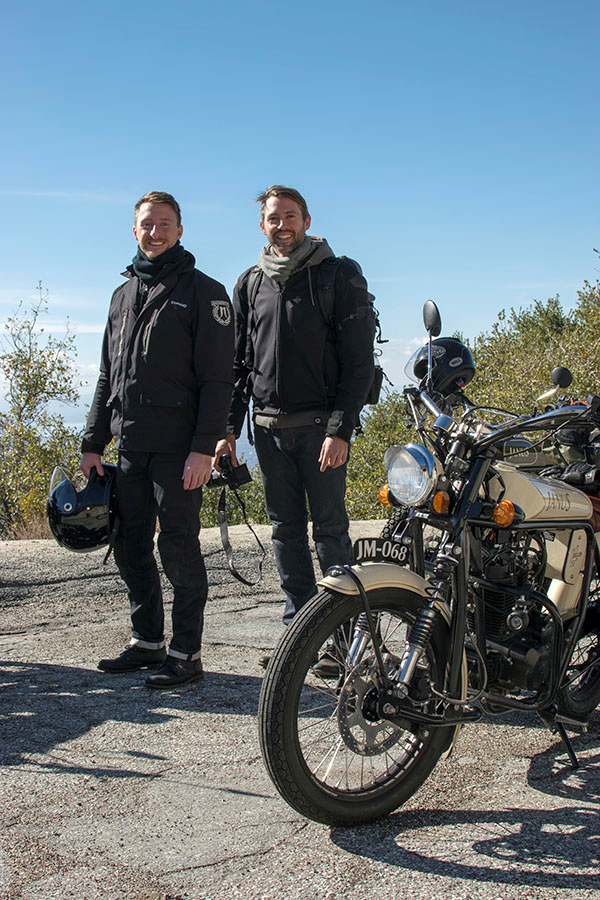
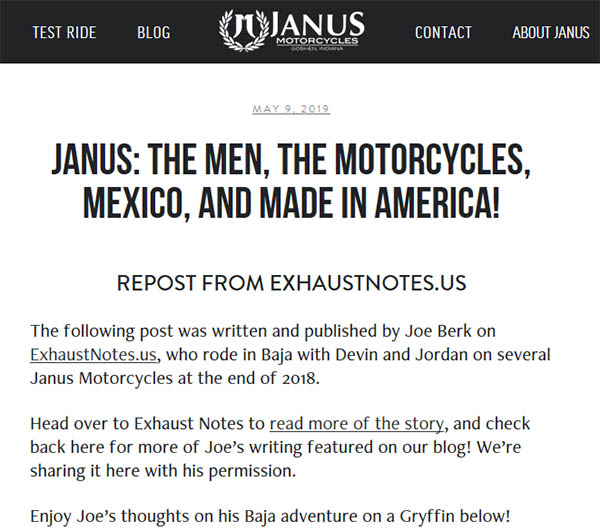
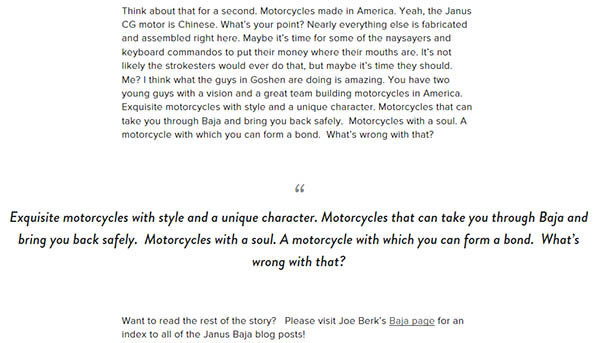
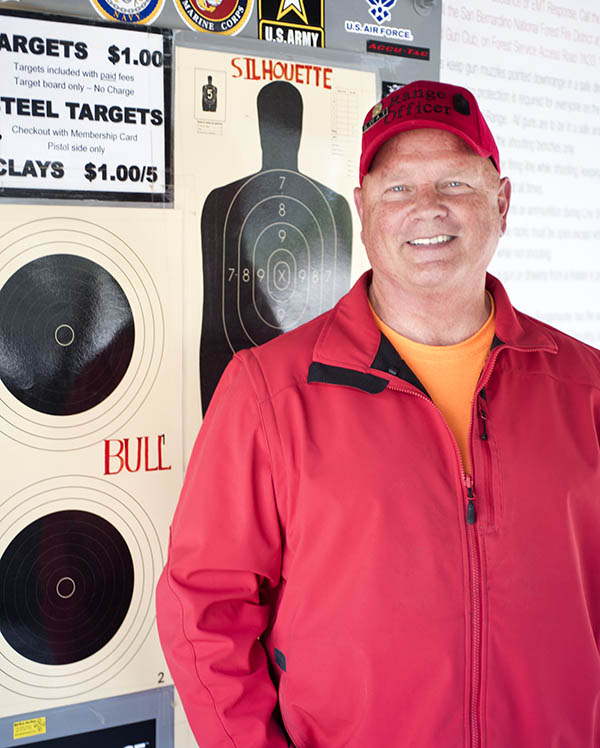
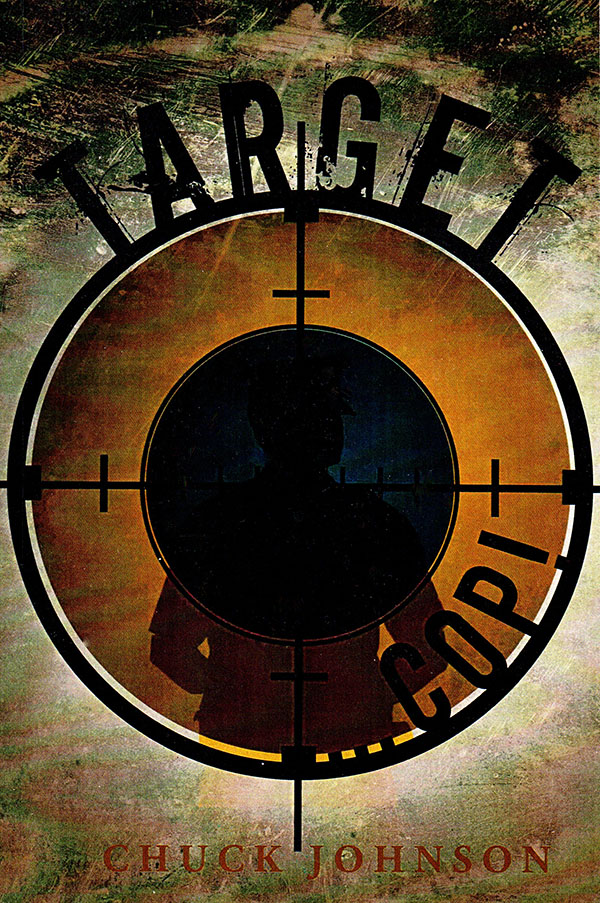
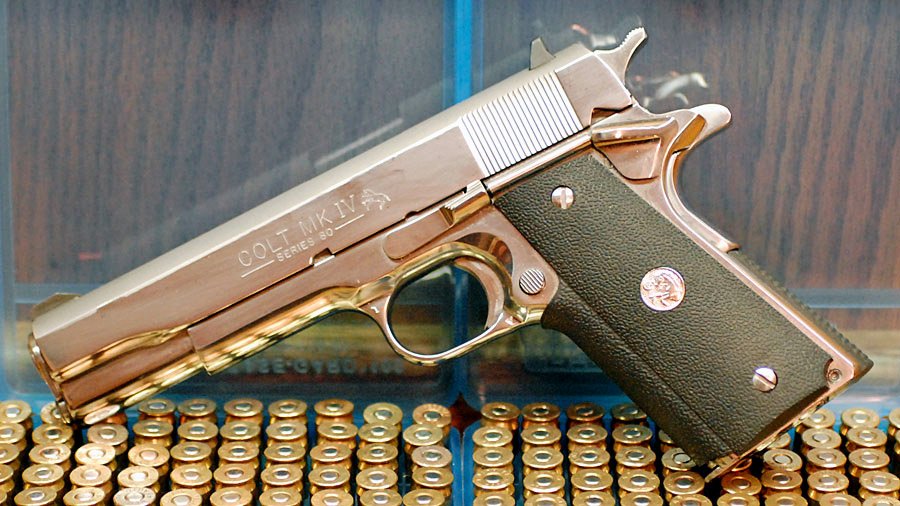
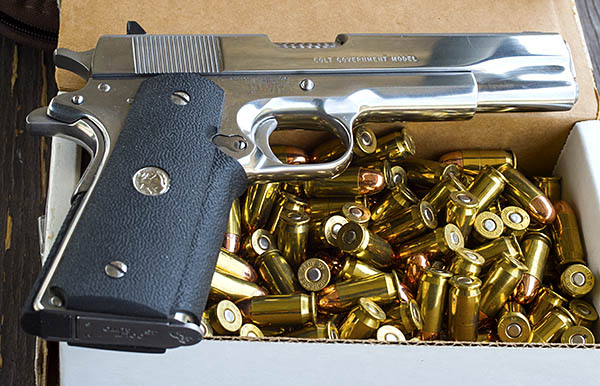
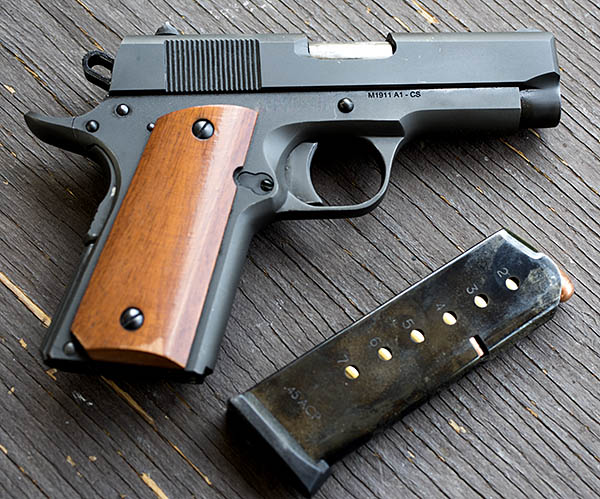
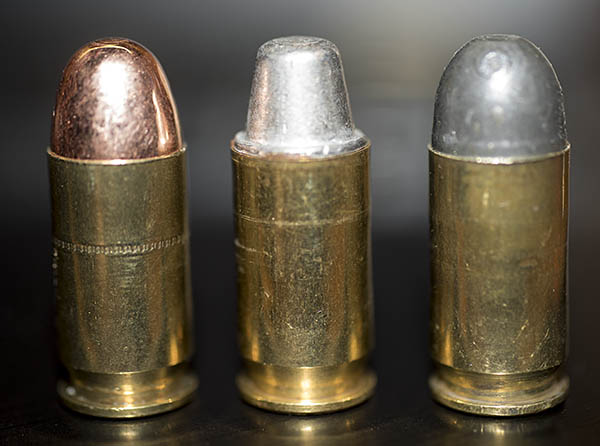
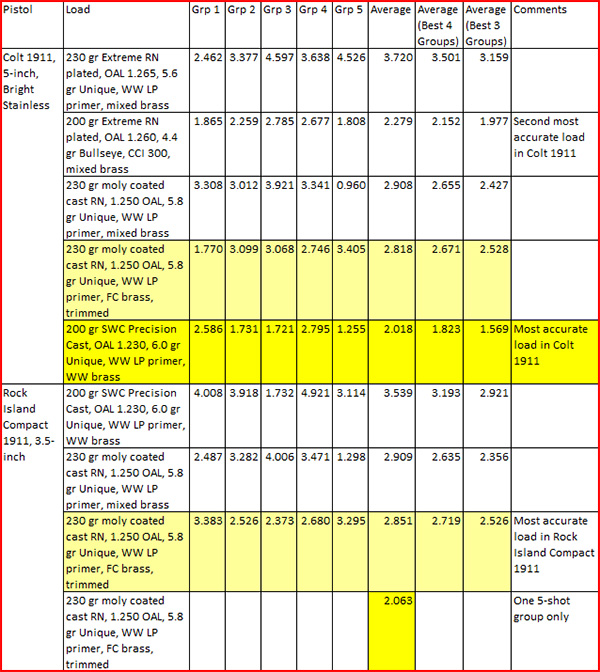 Interesting stuff, to be sure. Most of the variability you see in the above table (and you can see that there’s a lot) was me. A machine rest would have provided for better groups, but you get what you get, and what you get here is me.
Interesting stuff, to be sure. Most of the variability you see in the above table (and you can see that there’s a lot) was me. A machine rest would have provided for better groups, but you get what you get, and what you get here is me.